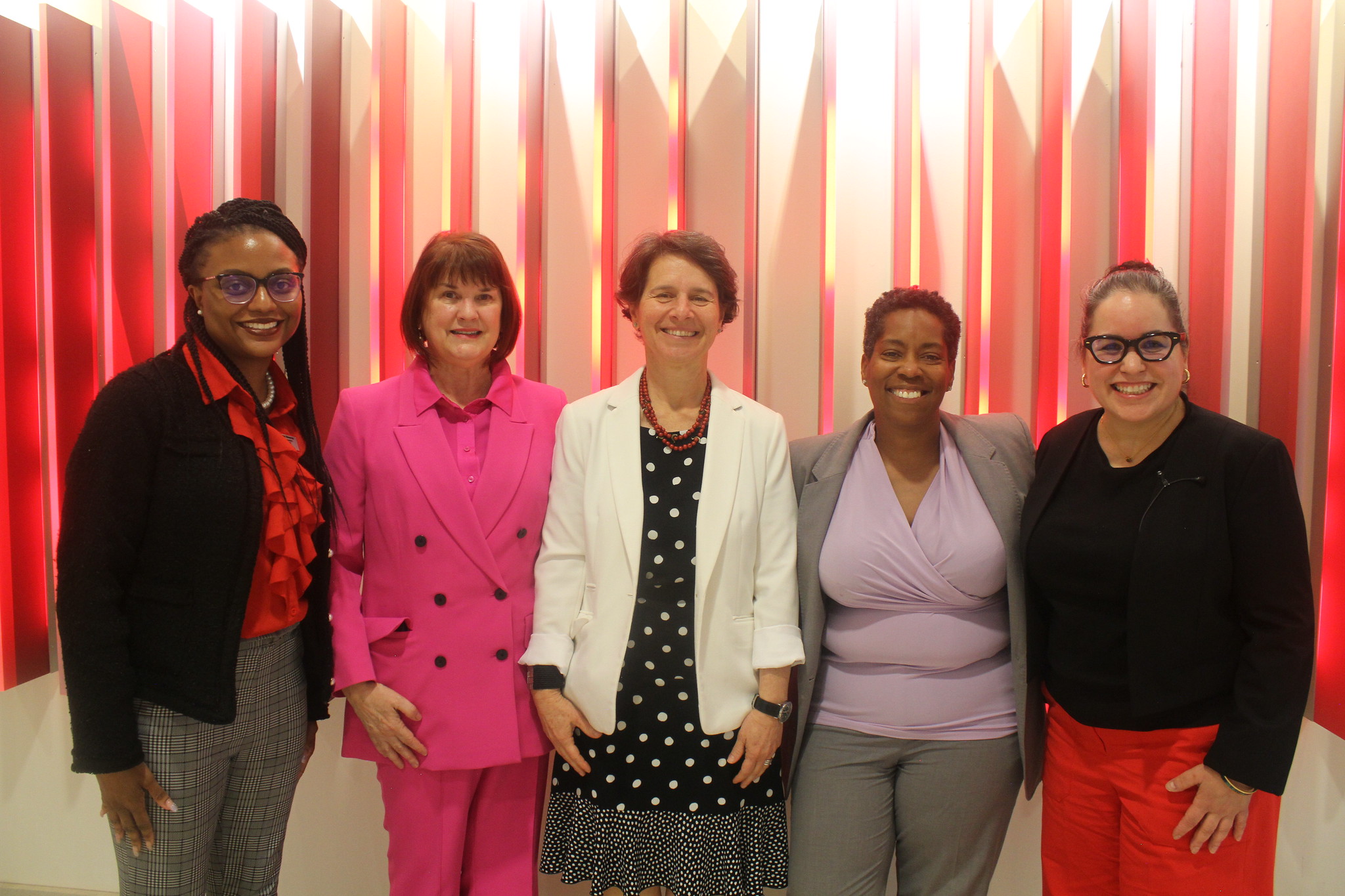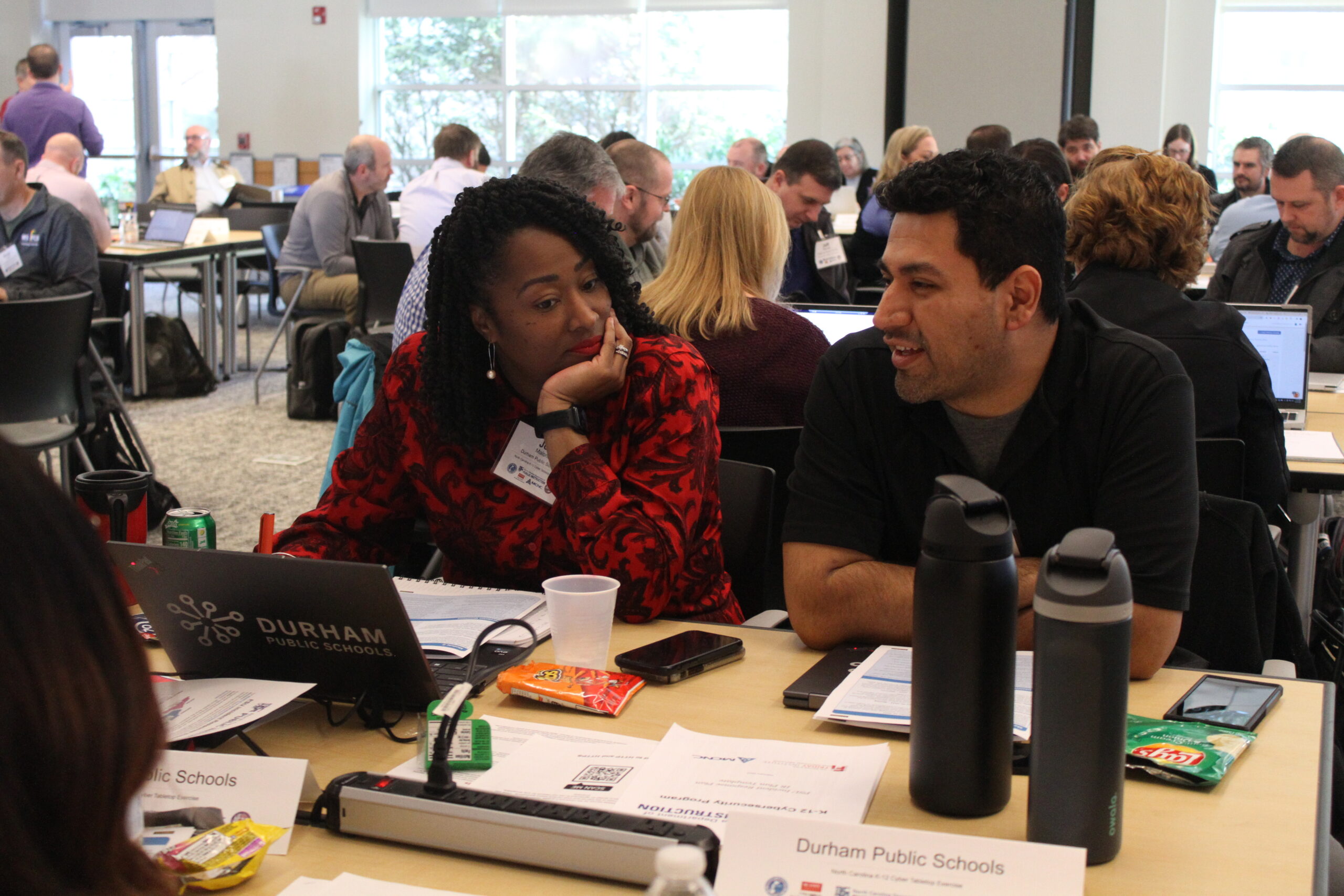A Roadmap For Increasing Student Digital Literacy
June 18, 2012— Technology is driving change in how one digests information and communicates. Educators are working to answer two important questions: What does it mean to be literate in the 21st century? How do teachers cultivate digital literacy for themselves as well as their students? Researchers at North Carolina State University examine this issue in a white paper recently released with contributions from Dell and the North Carolina’s Department of Public Instruction addressing the redefinition of literacy skills that allow for student success in today’s digital world and what this means for teachers.
“Digital literacy is fast becoming an essential part of the curriculum. Positioning digital literacy as an entitlement for all students is critical to advancing North Carolina’s educational agenda,” said Dr. Hiller Spires, NC State University professor of literacy and technology and senior research fellow in the College of Education.
Digital Literacies and Learning: Designing a Path Forward examines what it means to read, write and comprehend in a digital age, along with defining action steps educators can take to increase students’ digital literacies. Dr. Spires led the research and writing of the white paper, which was funded by NC State’s Strategic Research Initiative.
“We are excited to partner with NC State University to assess the level of digital literacies of North Carolina teachers,” said Angela Quick, Deputy Chief Academic Officer, at the NC Department of Public Instruction. “The results contribute to a sense of urgency about implementing our NC Literacy Plan.”
Along with applying a new NC Literacy Plan, North Carolina has identified skills students need to succeed in this new economy. “One of those essential skills is to be able to ‘use and integrate information and communication technology,’” said, Dale Whitworth, Chair of the NC Business Committee for Education. “Business leaders are anxious to have employees who possess the ability to navigate the fast-paced technology changes that occur daily. Potential employees must understand the role of digital literacy to be successful.”
Findings in the white paper outline the current state of digital literacy and what this means for teachers in the classroom. Education leaders, researchers, policy makers and industry leaders will benefit from further investigation into skills needed to navigate this new literacy landscape.
“The definition of literacy has expanded for children as we’ve transitioned from a time of information scarcity to a time of information overabundance,” said Adam Garry, global education manager at Dell. “At Dell we strongly support efforts that will help students and adults take advantage of new learning opportunities that bridge the digital literacy gap and take advantage of mastering important 21st century skills.”
Click here to read the white paper, Digital Literacies and Learning: Designing a Path Forward.
Research about digital literacy is being conducted by faculty and graduate students of the New Literacies Collaborative at NC State University’s College of Education in the Friday Institute for Educational Innovation. It is a center for fostering collaborations to improve education by bringing together students, teachers, researchers, policy-makers, educational professionals and community members.
- Categories:


